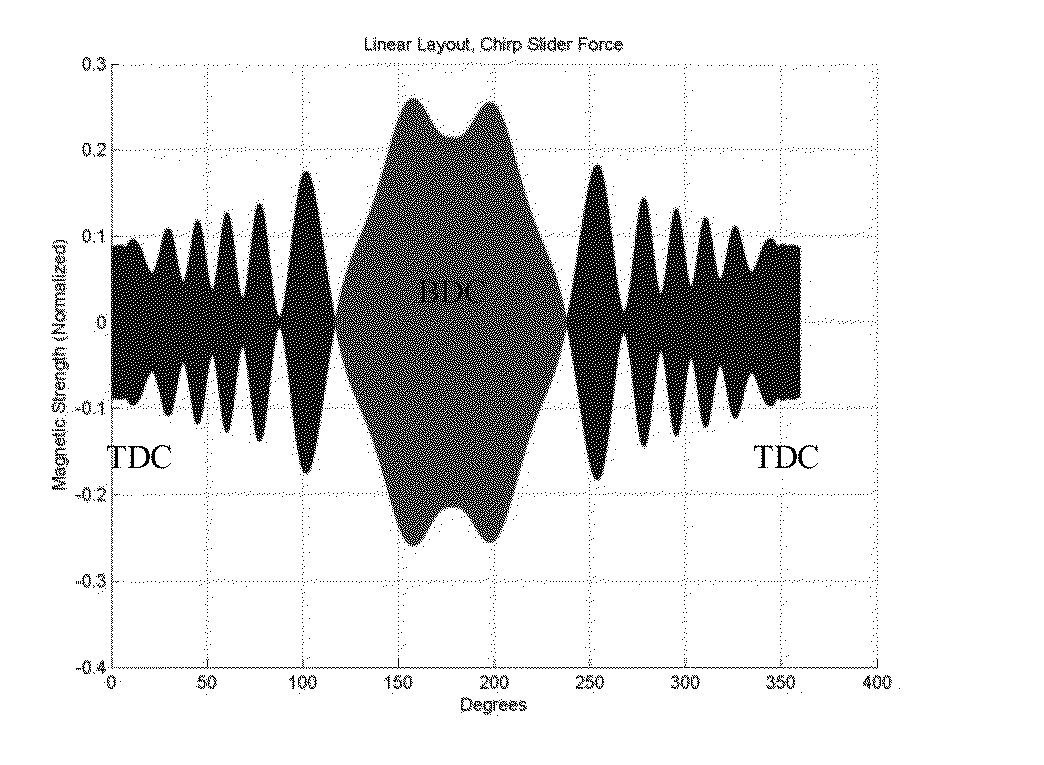Electrical mechanisms (EMECS): design methods and properties
a technology of electrical mechanisms and design methods, applied in the direction of instruments, cad techniques, special data processing applications, etc., can solve problems such as lack of flexibility, and achieve the effect of reducing torque rippl
- Summary
- Abstract
- Description
- Claims
- Application Information
AI Technical Summary
Benefits of technology
Problems solved by technology
Method used
Image
Examples
Embodiment Construction
1. Introduction
[0045]Our U.S. Pat. Nos. 7,348,754 and 7,733,050, and paper [22] generalized the concept of motors to electrical mechanisms (electrical mechanisms). As opposed to motors, which are revolute or prismatic pairs enhanced with magnets (permanent, electromagnets), electrical mechanisms are entire mechanisms enhanced, in various places with magnets. In general the magnets are irregular in shape and size, and the device cannot be regarded as a set of linear / rotary motors driving a mechanism. The magnetically enhanced joints (pairs) in electrical mechanisms are called epairs.
[0046]This invention presents a simple design method to design primarily the passive components of electrical mechanisms in a systematic fashion. Several novel devices, examples of which have been designed using this design method, will also be described. Methods of active control will be dealt with in future inventions. Our methods rely on integral equation formulations (or their discretized equivalents,...
PUM
 Login to View More
Login to View More Abstract
Description
Claims
Application Information
 Login to View More
Login to View More - R&D
- Intellectual Property
- Life Sciences
- Materials
- Tech Scout
- Unparalleled Data Quality
- Higher Quality Content
- 60% Fewer Hallucinations
Browse by: Latest US Patents, China's latest patents, Technical Efficacy Thesaurus, Application Domain, Technology Topic, Popular Technical Reports.
© 2025 PatSnap. All rights reserved.Legal|Privacy policy|Modern Slavery Act Transparency Statement|Sitemap|About US| Contact US: help@patsnap.com



